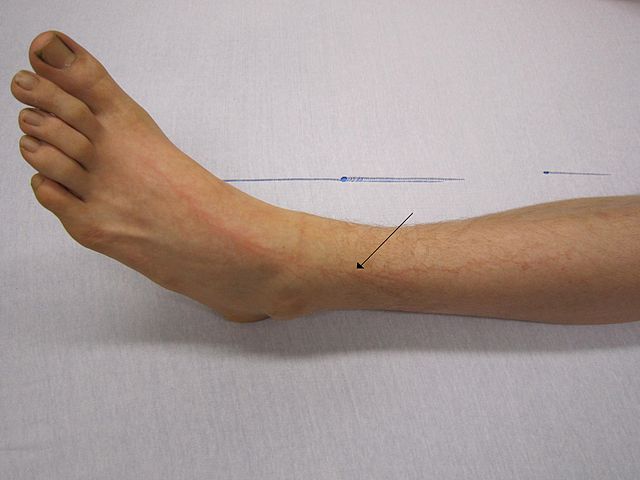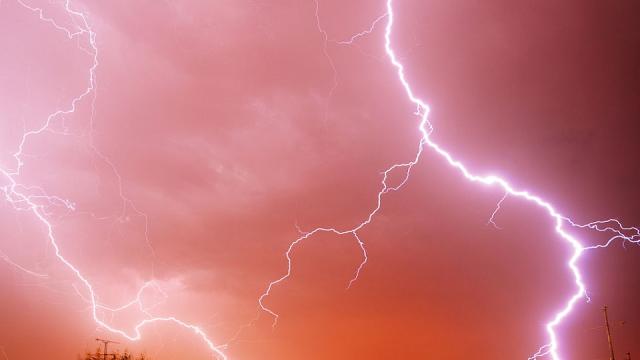When the flash on a camera goes off, we know something has made a visual record of the world. The Victorians noticed this and thought that lightning might work like a giant camera.
Scientific journals and hobby magazines started mentioning the word “keraunography”, or “lightning prints”, in the late 1800s. Some felt that like the flash of a photograph, the flash of a lightning bolt caused an indelible image to be formed. But the exact nature of this image was up for debate. In the earliest legends, set down during the 1300s-1600s, the image was spiritual. Those legends told of people sheltering in churches during a lightning storm, who developed crosses etched into their bodies after being struck by lightning.
The Victorians didn’t credit such stories. More likely, they said, a zig-zag mark was taken for a cross. They were interested in later legends. In 1812, a man reported that his sheep had been lying in a field when they were struck and killed by lightning. According to one such journal, “When the skins of these animals were afterward taken off, it was observed that each separate skin bore the most faithful image of the surrounding landscape.”
Some stories of keraunography are credible, such as those that claim pieces of coins or necklaces touching a person’s skin when they were struck by lightning left a distinctive burn mark afterwards. Others stories were less so. One tall tale claimed that a cat struck by lightning had the impression of the building it was lying in front of emblazoned on its skin. Another told of a sailor who had the number of the ship he was sleeping next to branded on his skin. And one Italian lady, sitting near a window, claimed to have the imprint of a flower from a vine outside imprinted on her leg after getting a shock during a storm.

Because salts fixed an image on a photographic plate, some photographers believed that blood, containing salt, came under an “electrical influence” and fixed the image on the skin. This didn’t explain the times when images were burnt into dry leaves or clothing, but they hoped to work that out with further study.
Today, we have a linguistic remnant of that belief. The feather-like burns on the skin of people struck by lightning are called “keraunographic marks“. There are still some books about the art of “keraunography”. But they tend not to mention crosses being burnt into the body.
